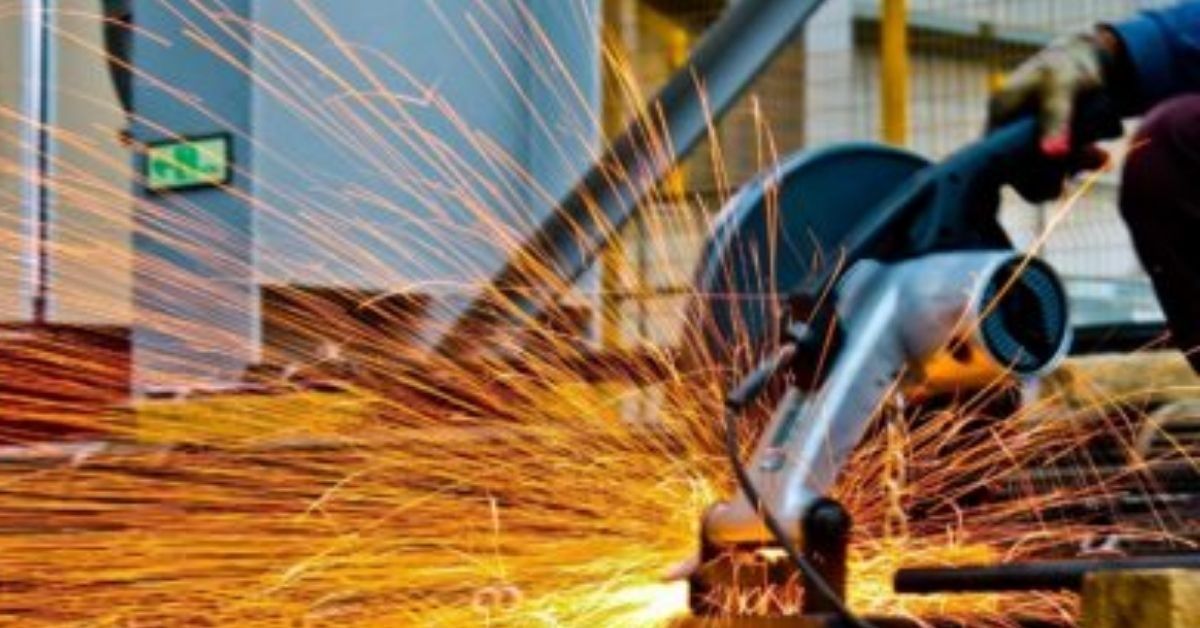Speaking on the latest episode of The Freight Buyers’ Club podcast, produced with the support of Dimerco Express Group, Rahul Kapoor, Global Head of Shipping Analytics & Research, S&P Global Commodity Insights, said that although India would not replace China as the workshop of the world, it would make market share gains at China’s expense in the years ahead as manufacturers diversified production to bolster supply chain resilience.
“Supply chain diversification is not a fad anymore, it’s actually happening, and it will continue to accelerate,” he said.
“India stands to benefit from that, so that’s a massive opportunity to increase its share of global manufacturing exports.”
The government of Prime Minister Narendra Modi has made rapid progress in streamlining customs processes and reducing bureaucracy as it bids to lift manufacturing’s share of GDP from around 17.7% now to some 25% by 2025, according to Rajesh Srinivasan, India Country Manager, Dimerco Express Group.
He said India’s young population of 1.43 billion people, ample land and cargo-focused investments were making it increasingly attractive to foreign investors.
Logistics challenges
India is still ranked just 38th out of 139 countries in the World Bank’s Logistics Performance Index (LPI), but Kapoor believes its port, airport, road and rail investments will fast-track its ability to serve the supply chain needs of international manufacturers.
“We’ve seen improving road and rail connectivity and a noticeable acceleration in highway building,” he said. “The share of containers being shipped by rail [is set to] increase to around 33% by 2030.”
“India has a huge coastline of 7,000+ kilometres, and 13 operating container ports which have connections around the world including to Southeast Asia, Europe and to the US,” added Srinivasan. “We also have 34 international airports and 11 airports [receiving] international freighters.”
He told The Freight Buyers’ Club that three more international airports would be operational by 2025 as part of “a major infrastructure revamp” that would help India make the most of its demographic and geographic advantages.
Kapoor said investments in new container ports and airports would increase connectivity, while container lines were already starting more direct services as trade volumes increased. “All these cuts to logistics costs are a boost to manufacturers as well as to exports,” he added.
Focus: high-end manufacturing
India has already attracted major investments by companies including Tesla, Apple, Asus, Lenovo and Dell. Kapoor expects the focus to remain on attracting more high-end manufacturing investments in electronics, machinery, components and EV automobiles.
Economic expansion averaging 6.5% per annum over the next decade, allied with strong domestic demand and consumption growth, would further fuel investments, he added, citing S&P Global forecasts.
“I’m not expecting a lot of Christmas goods to be built there,” he said. “I think they’re placing their bets on certain markets where there’s a big bang for their buck. So it’s not a mass scale movement out of North Asia into India, but certainly we are expecting market share gains every year.”








